WHAT I’VE LEARNED | Jeffrey Grosset
Jeffrey Grosset is widely recognised as one of Australia’s most influential winemakers, an endlessly driven perfectionist who has, since founding his eponymous winery in the Clare Valley in 1981, challenged traditions and helped lead the resurgence of Riesling. As he hits 70, we sat down with him on a visit to London to reflect on his career…
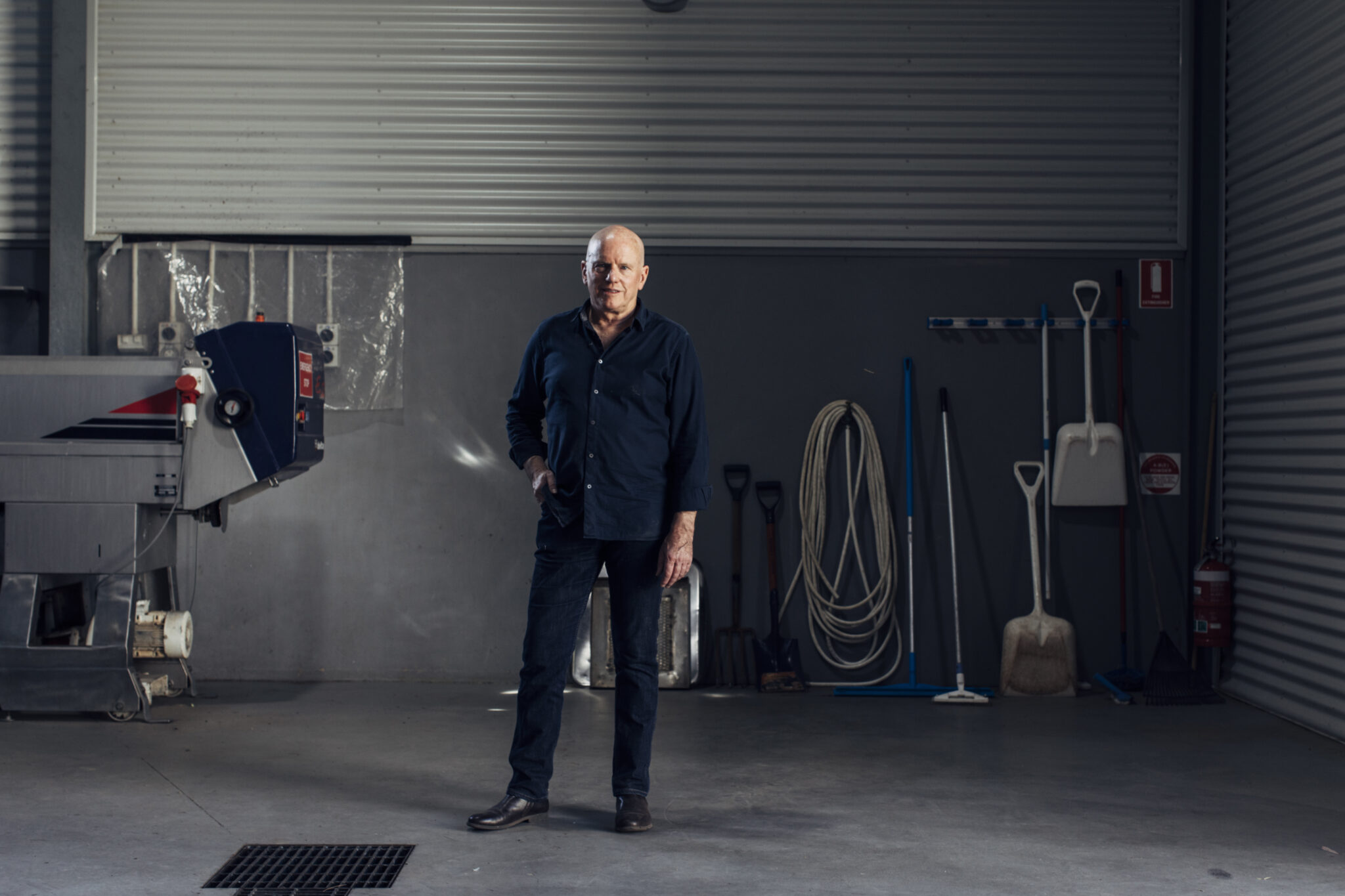
‘People associate me with Riesling and I’m fine with that. To me, Riesling stands with the greatest grape varieties, alongside Chardonnay, Pinot and Cabernet, yet it has often been overlooked or under-appreciated. I set out to change that.’
‘I didn’t read much as a kid, but I remember seeing Frank Margan’s book on Australian wine as a 15-year-old, and one particular photo of a hand planting a vine cutting. It was so powerful to me; this vine gets trained, grows, and makes delicious wine. It stuck with me and, after studying at Roseworthy College, aged 26, I thought, “Why couldn’t I do that?” I was a little idealistic, but over time, I came to realise that it’s about belief – someone has to do this. Why not me?’
‘The first vineyard I planted was Gaia – two hectares of Cabernet. I’d studied the altitude, aspect and geology, overlaid all these maps, and decided it had to be in this one spot. The issue was, there were no roads in or out of the vineyard. But that didn’t bother me – the soil was the most important thing, and I’d figure the logistics out later. My partner Stephanie [Toole, owner of fellow Clare Valley winery Mount Horrocks] said it confirmed what local people thought about me, but to me it made perfect sense. It was only years later that I realised why people found it amusing.’
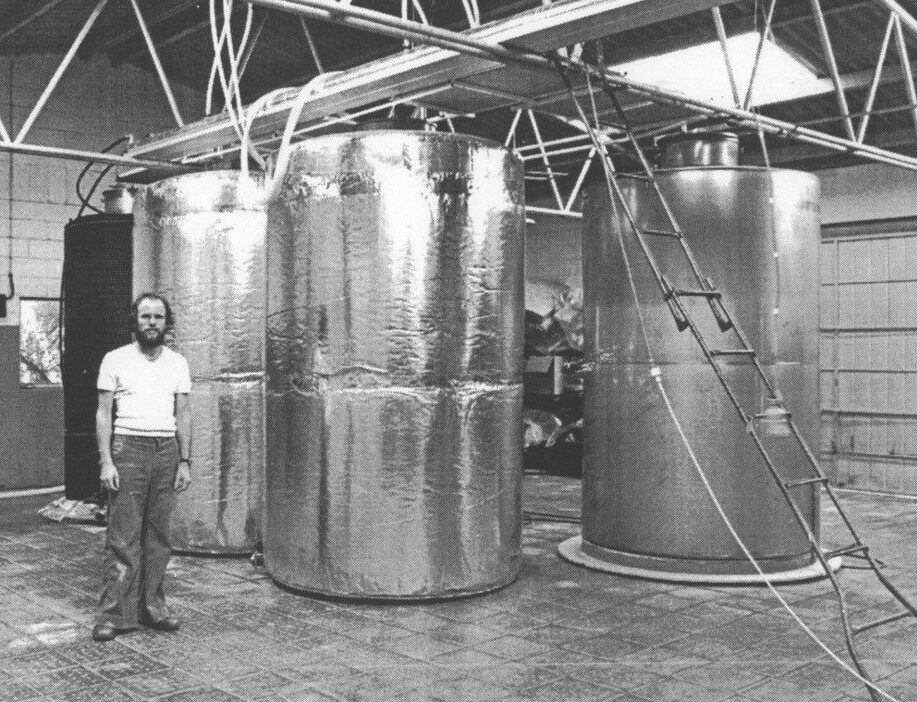

‘I was leasing a vineyard by Polish Hill River for my Riesling, and I tried to work out why this little spot was so good; so I tracked the geology and found that there was a plot next door that also had it. It was a paddock that the local farmer was using for grazing, so I asked him if I could buy it. He was a bit bemused – he’d been trying to crop it but said it was no good, because it was rocky and uneven. Everyone said I’d be foolish to plant it – including a couple of winemakers – so that immediately encouraged me. I bought it and planted it in 1996, and that became the source of my Polish Hill Riesling.’
‘Polish Hill is the wine I’m most proud of. Jancis Robinson always describes it as having a “steely backbone”, which suggests it’s a wine to be kept, and not drunk young. I would never dispute Jancis – she’s a legend, and I respect her so much – but to me, these days, the wine is very much to drink young, as well as being for the long-term. And that’s down to the move to biodynamics.’
‘I became certified biodynamic in 2018. By then I’d been working these vineyards for a long time, so I thought at best I might see some modest improvements. But the wines are so much fresher, brighter, more balanced. Moving to organic and biodynamic viticulture has been the most significant decision I’ve made in my career. I’ve learned as much in the last four or five years as I did in the previous 40.’
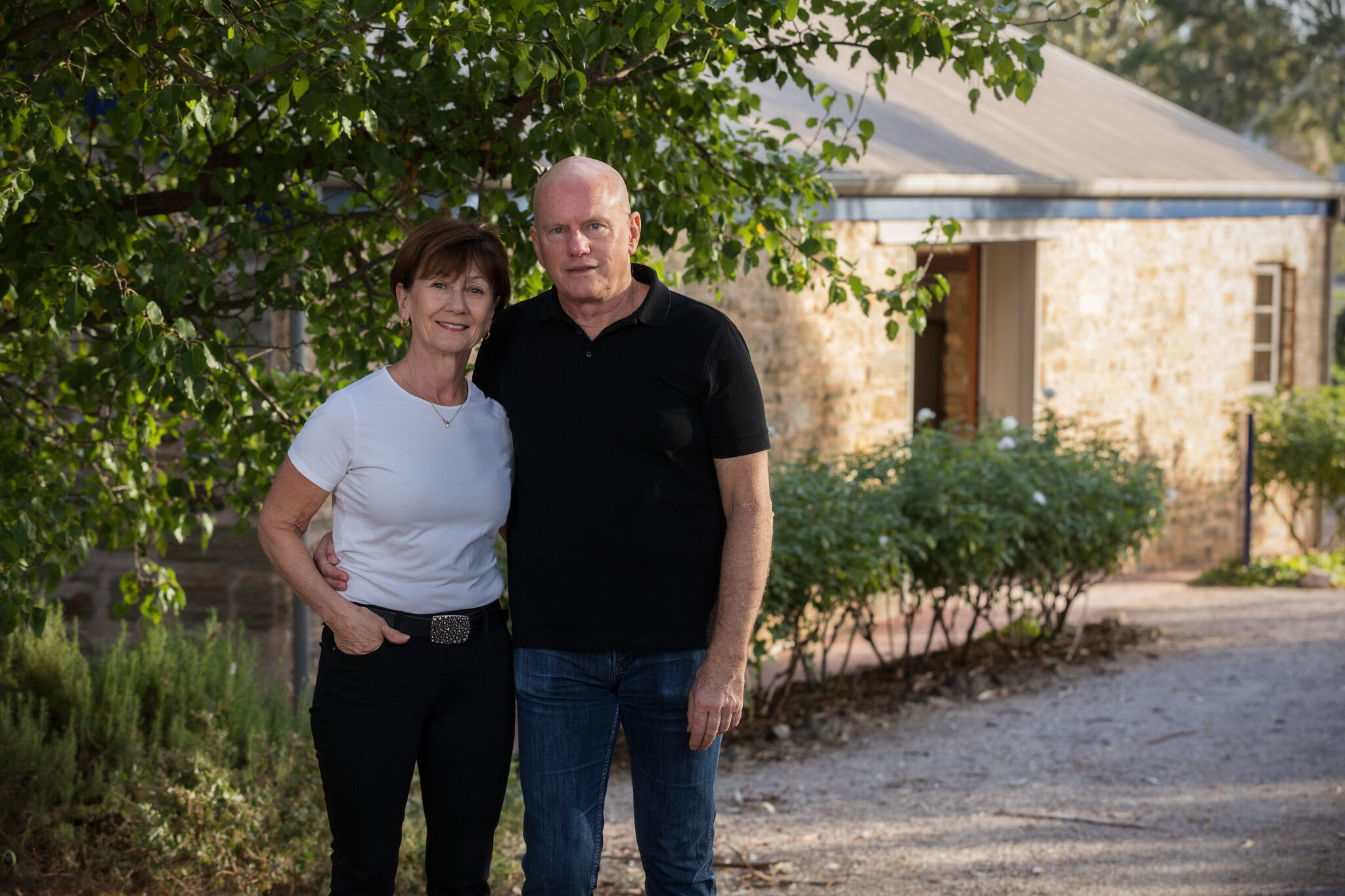

‘I had a ringside seat for biodynamics through Stephanie, who was an earlier adopter. I approached it with a scientific bent, wanting to see evidence. She convinced me to adopt it on the basis I had no justification for suggesting there would be any negative impact – I just wasn’t convinced how positive it could be. She definitely led me to do it.’
‘Stephanie is a great sounding board, but she’s very keen to limit the amount of wine conversation out of hours. Whereas I think of it as just part of life, she compartmentalises it to ensure some sort of work-life balance. I’ll raise a vineyard issue at home and she’ll shoot me a look as if to say, “Don’t”‘.
‘My reputation is all about attention to detail, rigour and determination, and I appreciate that. But I’m not like that in other aspects of my life. The kitchen is a mess if I’ve been in it, and I’m not a planner when it comes to travel. I like to just turn up and see where it takes me.’
‘I turned 70 this year, and in the past few years I’ve tried to come up with a logical approach for the future. Stephanie [who is the same age] and I talked about travelling the world while we’re still fit and healthy. But we concluded that we enjoyed vintage, in particular, too much to give it up. Vintage is the most creative time, when there’s a small window to get it all right – to make a wine that is memorable.’
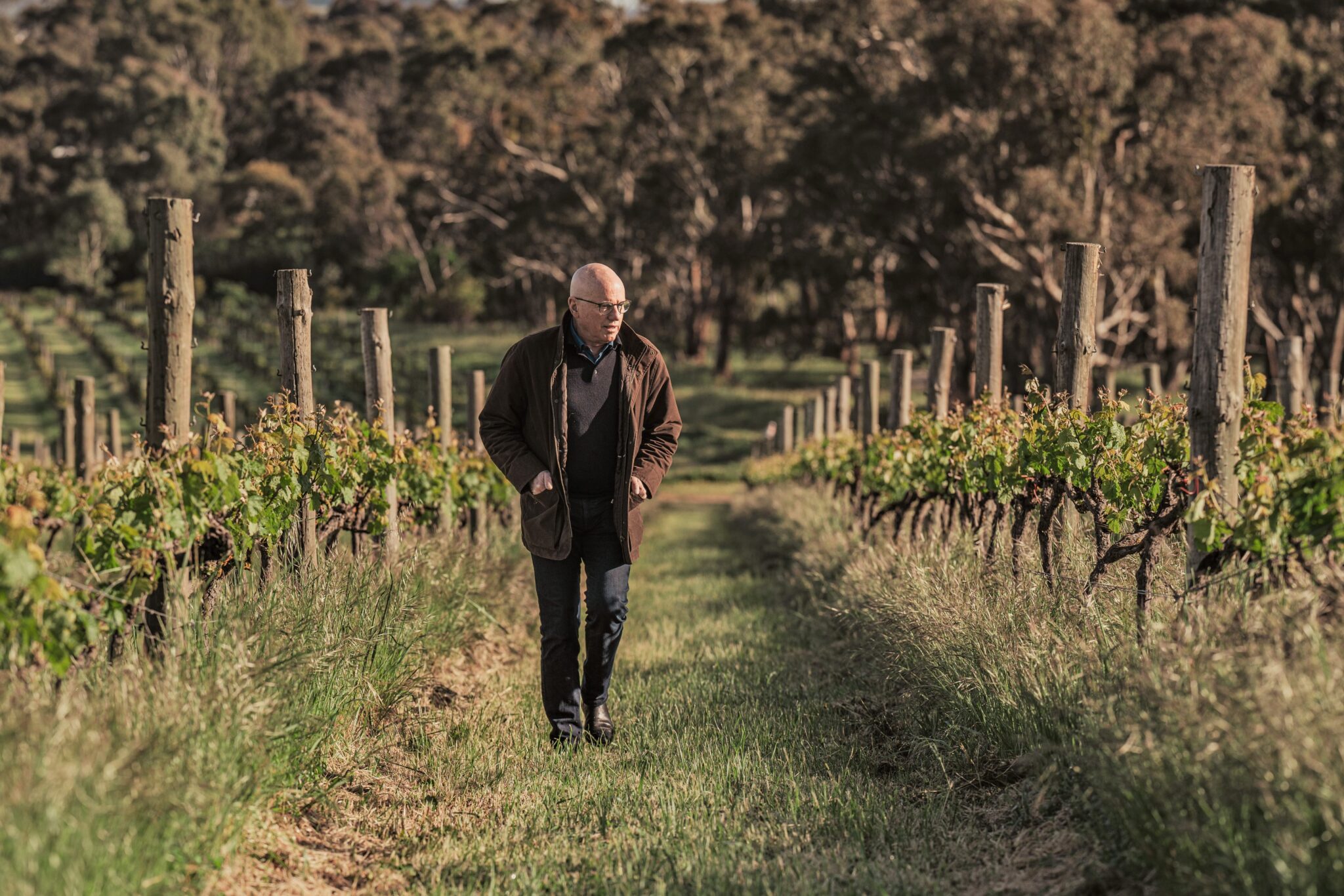

‘A bloke came up to me at a tasting recently and said, “I remember the first time I had Polish Hill – I’ve had a lot of wine since, but it’s always stuck in my mind.” It was a really moving moment – that’s the dream, to be involved with something like that. So I want to keep going.’
‘I still feel screwcaps are not as embraced by the industry, globally, as they should be. I can’t help but feel that other producers are missing a trick. There remains a reluctance, and my concern is that consumers of those wines [under cork] may well be let down. I regret that, as winemakers in Australia and New Zealand, we didn’t tell the story [of the benefits of screwcaps] better.’
‘Back in 1982, James Lovelock [the English scientist and environmentalist] predicted the world would warm up by 2˚C in 20 years. People thought he was mad, but it stuck with me, and was part of the reason I planted Gaia as high as possible. It was also the reason I called it Gaia [in reference to Lovelock’s Gaia theory]. But not long after I’d started making wine from it, someone came into the cellar door, and said ‘Gaia, hey? Interesting.’ I was bracing myself for them to say something about the Piedmont producer, but instead they said: ‘So you named it after the Olivia Newton-John album?’
Not a 67 Pall Mall Member? Sign up to receive a monthly selection of articles from The Back Label by filling out your details below


TWO
MINUTES
WITH
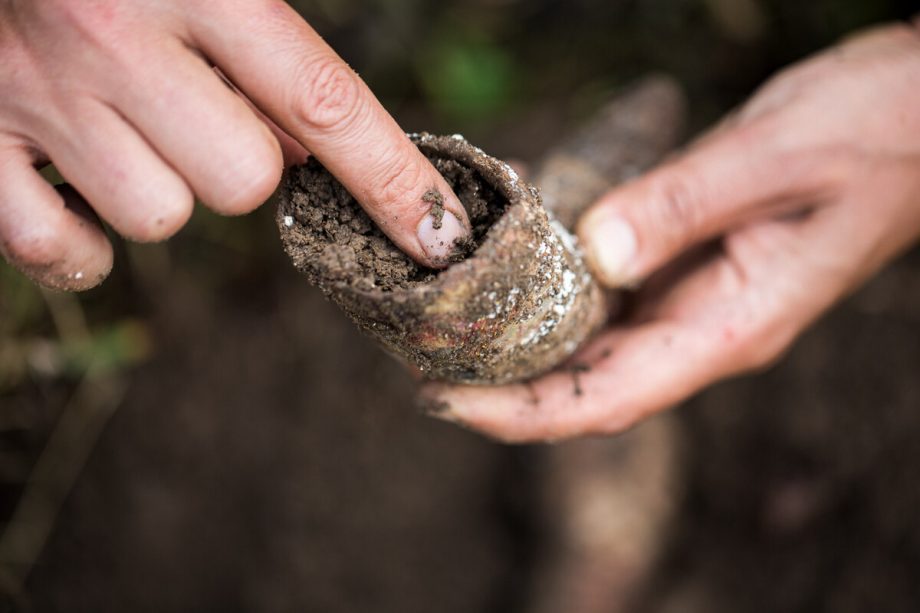

UNDER
THE
SURFACE


ON
THE
LIST
